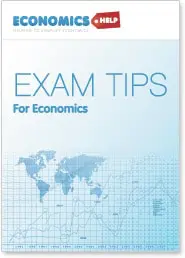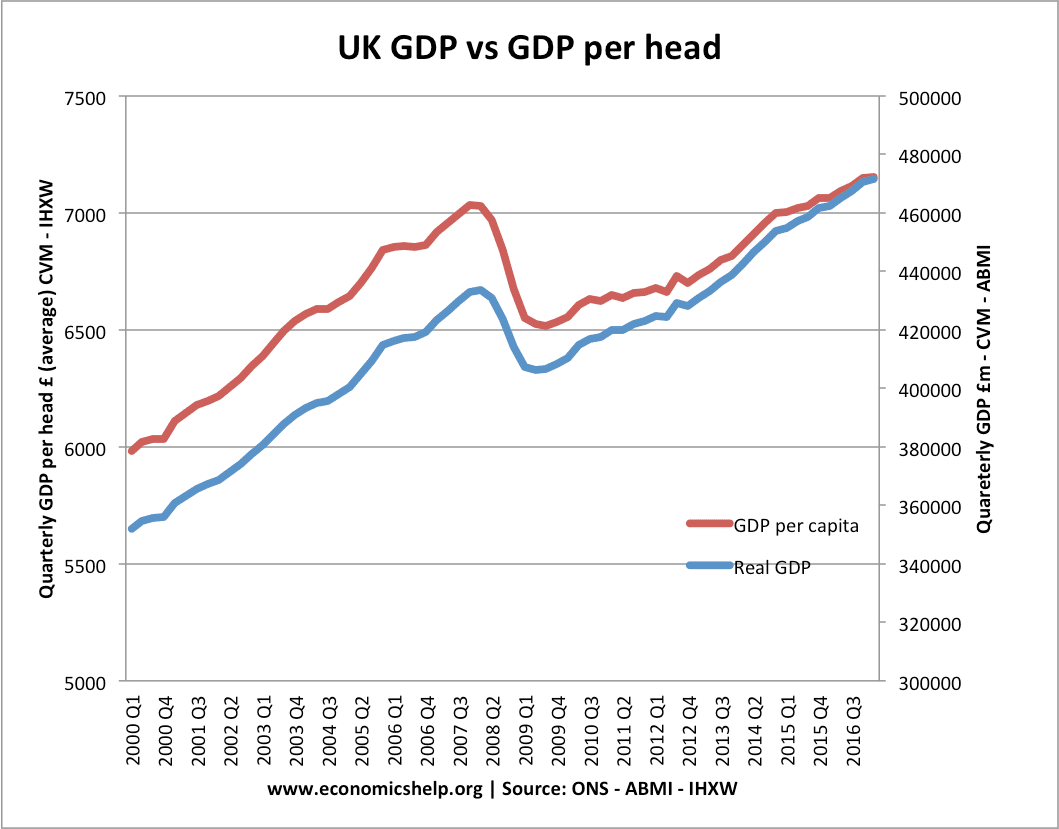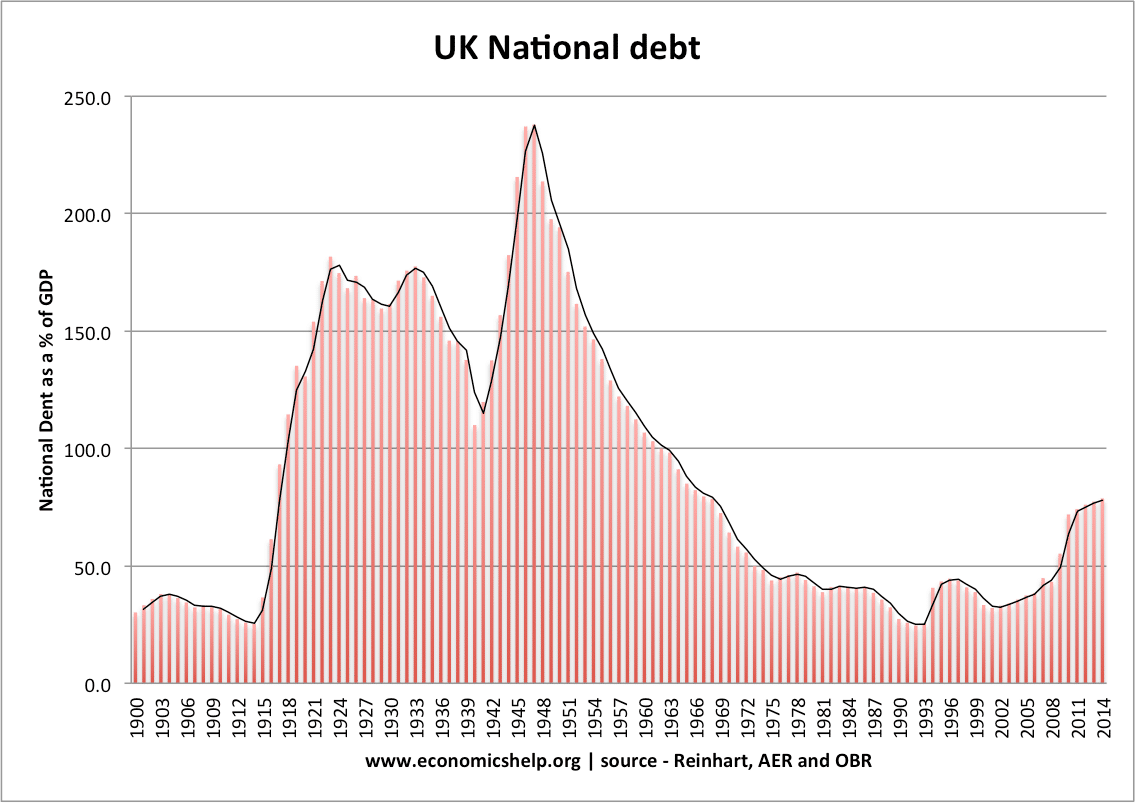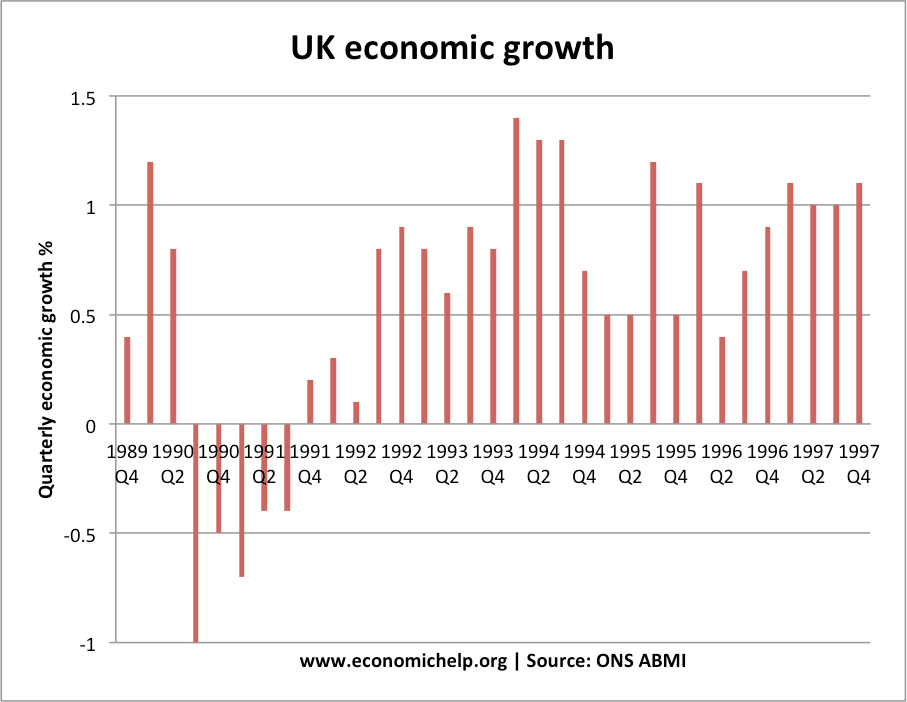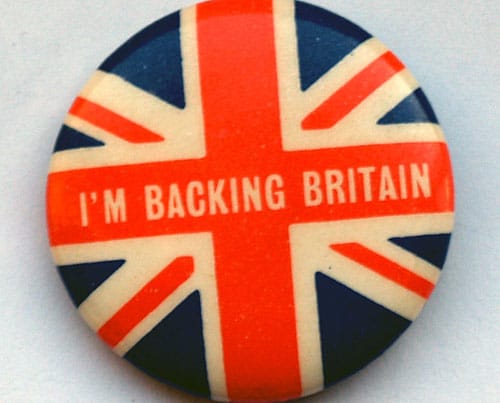Preparing for Economics Exam
At this time of the year, my students are preparing for their exams with a mixture of trepidation, confidence, resignation, hope or fear. The best way to prepare is to simply do one thing at a time. Concentrate on making small improvements and importantly keep practising past papers. Students who just do a bit of …

